
The Battle of Aberdeen, also known as the Battle of Justice Mills and the Crabstane Rout, was an engagement in the Wars of the Three Kingdoms which took place outside the city of Aberdeen on 13 September 1644. During the battle, Royalist forces led by James Graham, Lord Montrose routed an army raised by the Covenanter-dominated Parliament of Scotland under Robert Balfour, 2nd Lord Balfour of Burleigh.

Archibald Simpson was a Scottish architect, who along with his rival John Smith, is regarded as having fashioned the character of Aberdeen as "The Granite City".
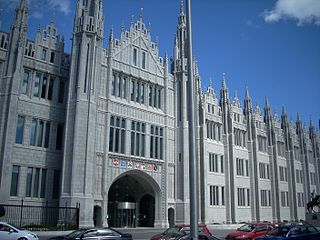
There are fifteen universities in Scotland and three other institutions of higher education that have the authority to award academic degrees.
Gilbert Rule was a nonconformist Church of Scotland minister and the Principal of Edinburgh University from 1690 to 1701.
Religion in Aberdeen is diverse. Traditionally Christianity with the city being represented by a number of denominations, particularly the Church of Scotland through the Presbytery of Aberdeen and the Catholic faith. However, according to the 2001 census, Aberdeen is the least religious city in the country as Glasgow and Edinburgh, with nearly 43% of people claiming to have no religion.
David Ditchburn is a Scottish historian. He is a senior lecturer at Trinity College Dublin.

John Craig was a Reformer, and colleague of John Knox. Originally a Dominican, he became a Church of Scotland minister with significant extra responsibilities and played an influential part in the Scottish Reformation.
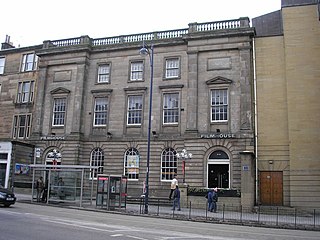
The Edinburgh Filmhouse was a cinema located in Edinburgh, Scotland, which opened in 1979. It was home to the world's oldest continually running film festival, Edinburgh International Film Festival. The cinema closed in October 2022 when its parent body went into administration.
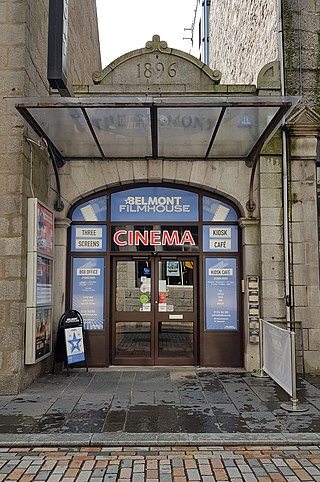
Belmont Filmhouse was an arts cinema on Belmont Street, Aberdeen, Scotland which showed a mixture of films that generally would not be shown in a chain cinema and mainstream films. The cinema building is the property of Aberdeen City Council.
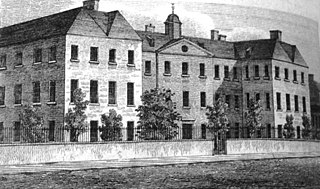
The Scottish poorhouse, occasionally referred to as a workhouse, provided accommodation for the destitute and poor in Scotland. The term poorhouse was almost invariably used to describe the institutions in that country, as unlike the regime in their workhouse counterparts in neighbouring England and Wales residents were not usually required to labour in return for their upkeep.
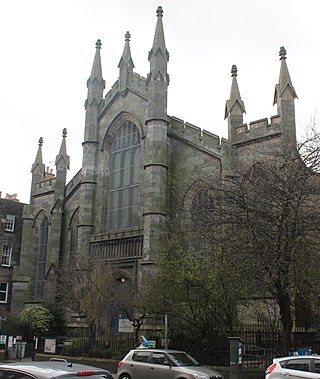
The Southside Community Centre is a community centre in the Southside, Edinburgh, Scotland, United Kingdom. The centre opened in 1986 and occupies the former Nicolson Street Church, which was completed in 1820.

The Triple Kirks in Aberdeen, Scotland were built at the time of the Disruption of 1843 when the Free Church of Scotland split from the Church of Scotland. The three churches were all part of a single building with a tall spire but they housed separate congregations. The East Free Kirk was completed 1843 followed by the West Free Kirk and South Free Kirk early the following year. From about 1966 the building progressively fell into disuse and became mostly ruinous but with the spire remaining.

Robert Gordon Wilson (1844–1931) was a 19th/20th century Scottish architect based in Aberdeen. He was from a strong United Presbyterian background and specialised in churches for the United Presbyterian Church and Free Church of Scotland.
Andrew Duncan was a Latin scholar and Church of Scotland minister at Crail. He achieved notoriety for his presbyterian principles which brought him into conflict with James VI who wished to impose an episcopalian system. He attended the General Assembly of Aberdeen in 1605 which had been proscribed or prorogued by royal authority and was one of six ministers who were imprisoned and later exiled as a result. He was allowed to return after several years in France but was subsequently banished again following further controversy in failing to comply with the Five Articles of Perth. He died in exile in Berwick-upon-Tweed in 1626.
Angus McBean, or as he was otherwise known by his family Æneas McBean was a Scottish minister and Covenanter. He was the last Presbyterian minister deposed under Episcopacy.

Bristo Church was a Presbyterian church located in the Bristo area of Edinburgh, Scotland. Founded in 1741 as a Secession church, it reunited with the Church of Scotland in 1929 before being dissolved in 1937. The University of Edinburgh afterwards used the building as the Pollock Memorial Hall until its demolition in 1967.

The King's Hall is a church in Newington, Edinburgh, Scotland. Constructed as Newington Free Church in 1843, it is now used by Community Church Edinburgh: an independent evangelical congregation.

Pleasance Church was a Presbyterian church on the Pleasance in the Southside of Edinburgh, Scotland. Originating in the Relief Church in the 1820s, the congregation united with Charteris Memorial in 1953.













